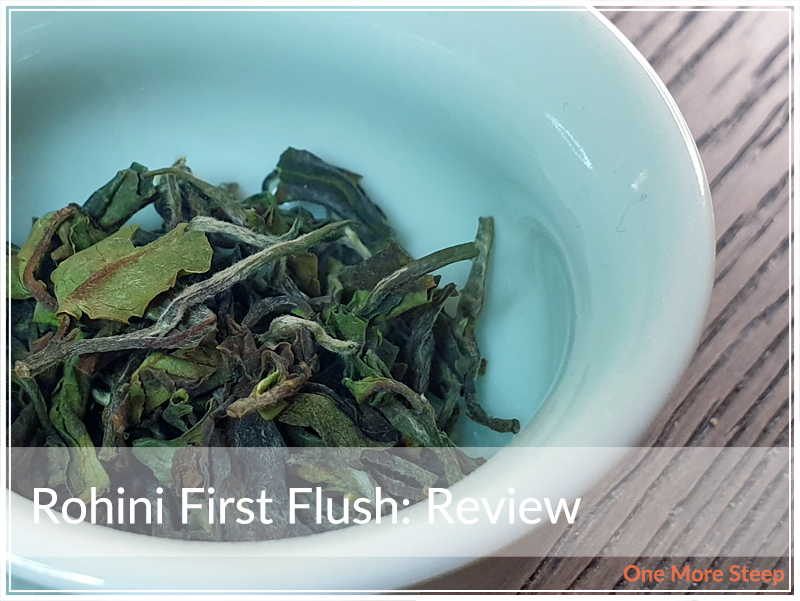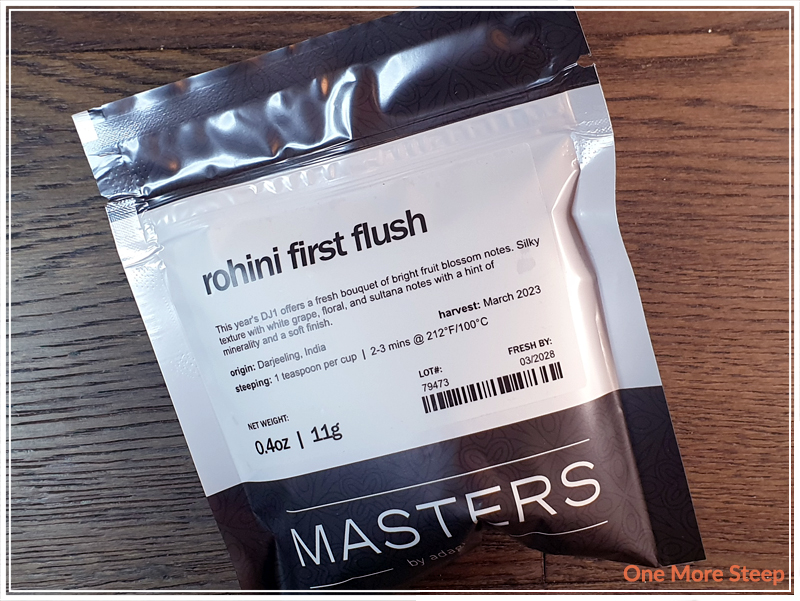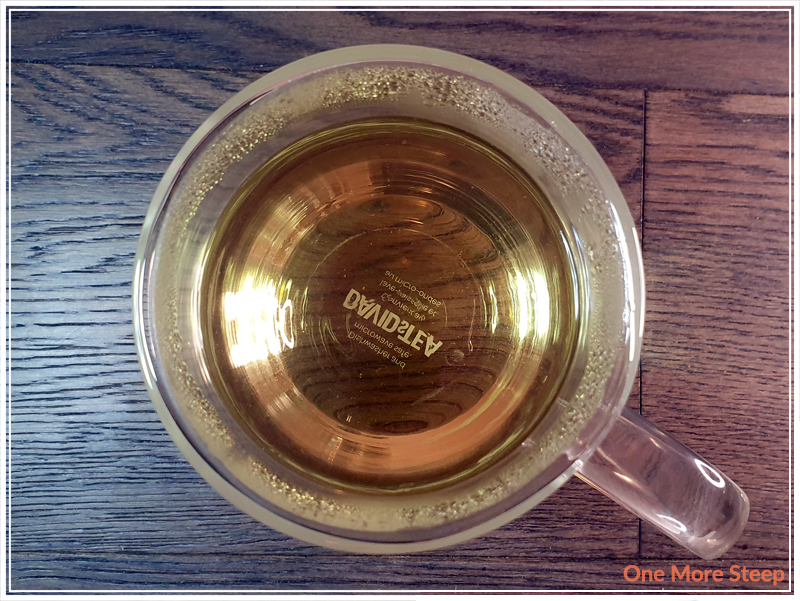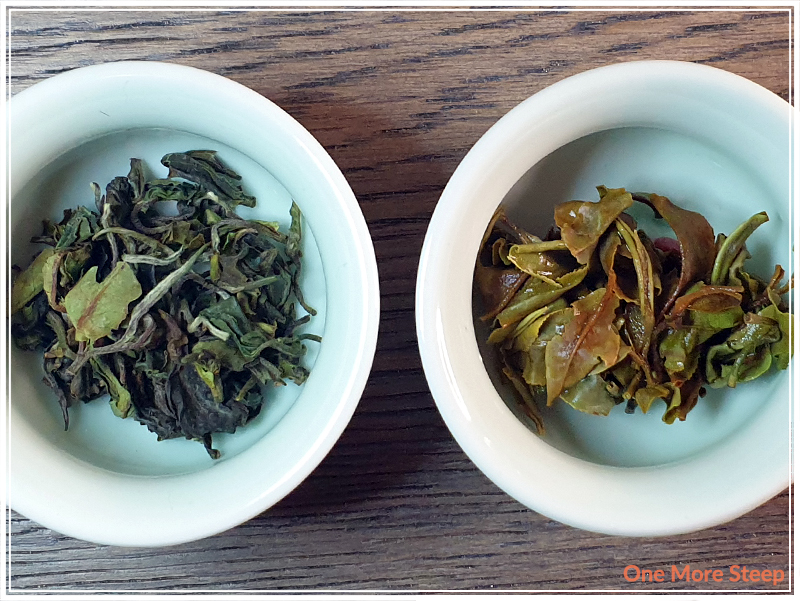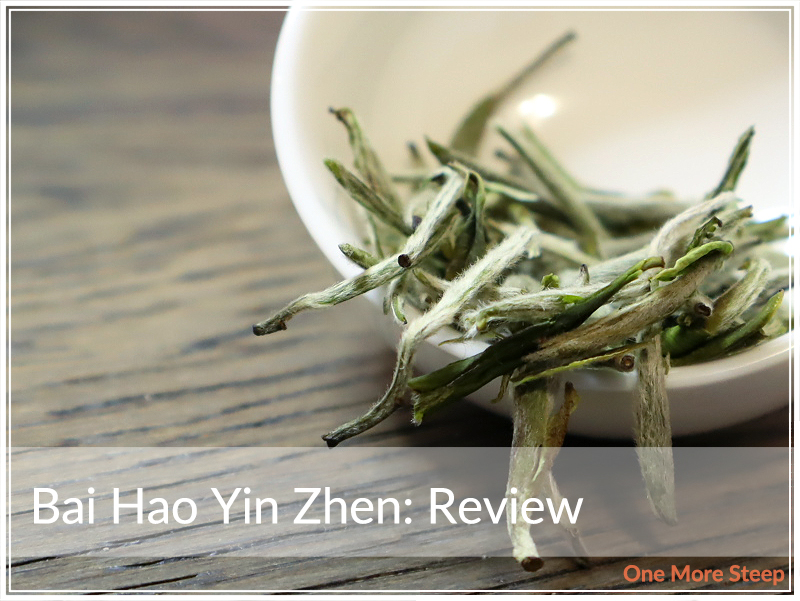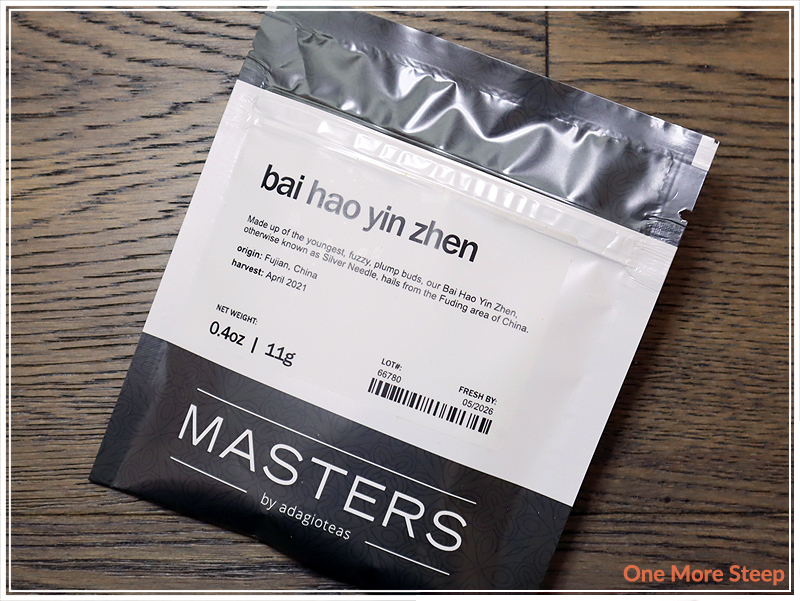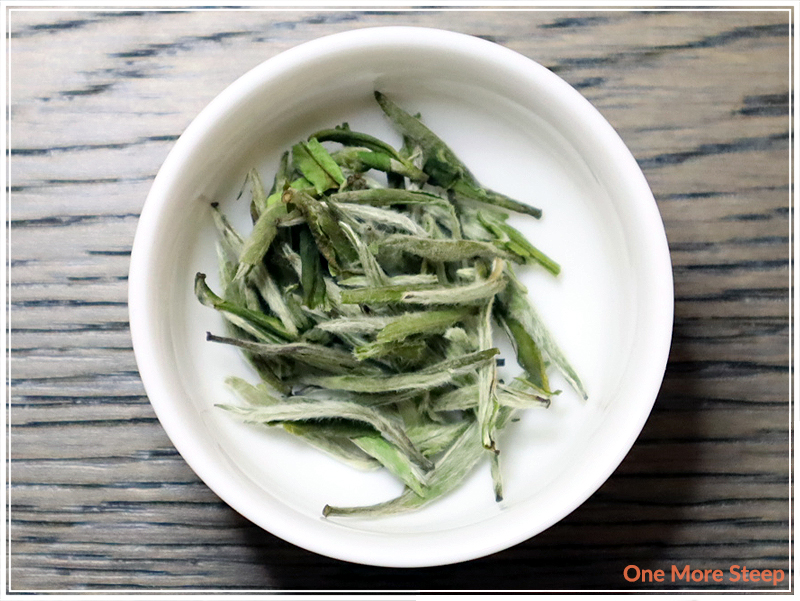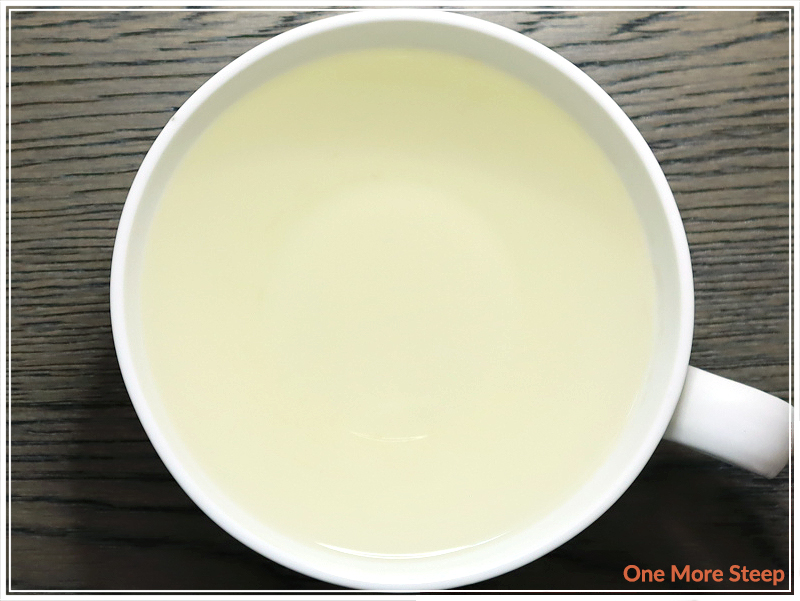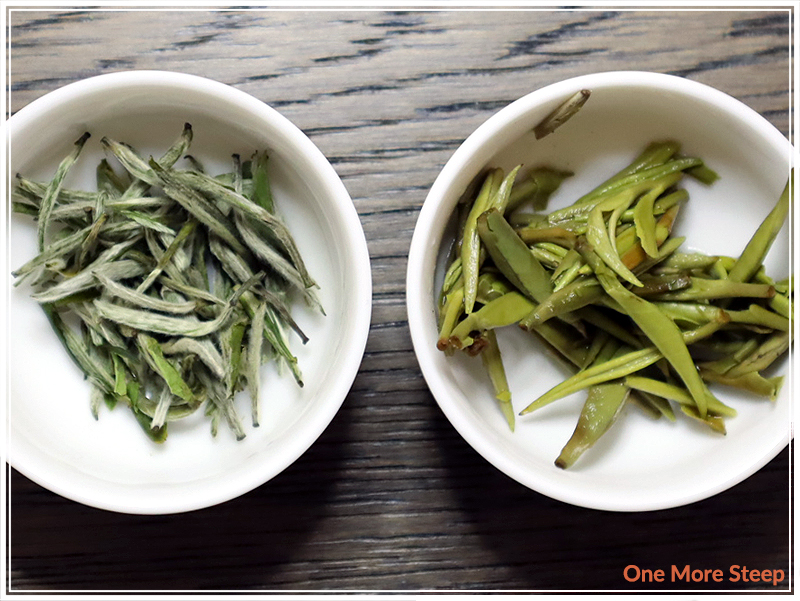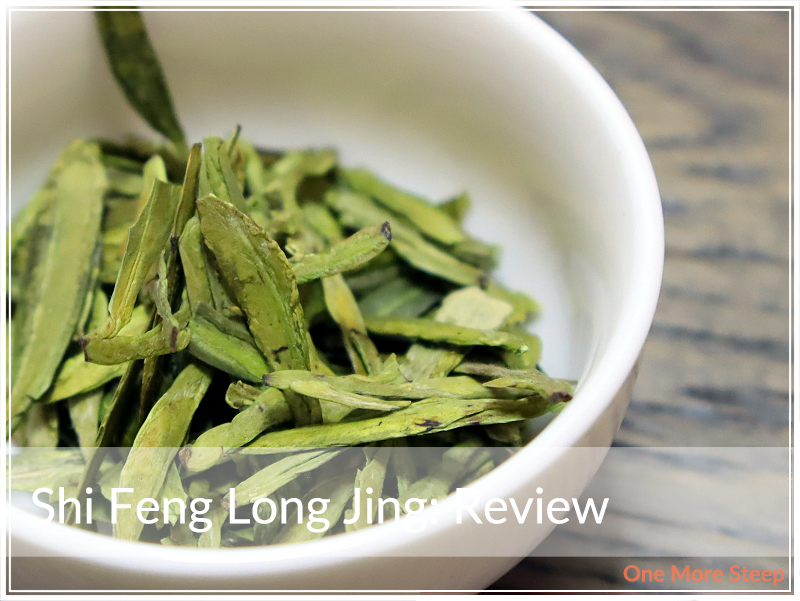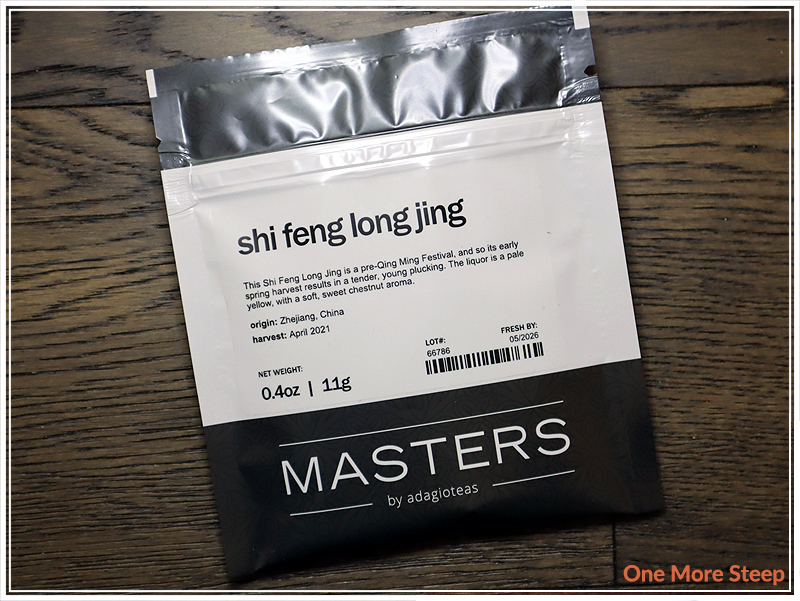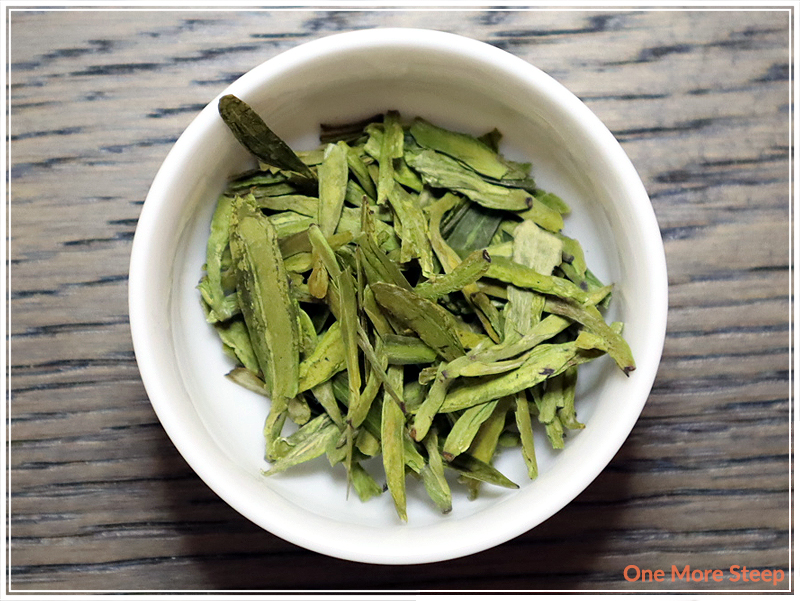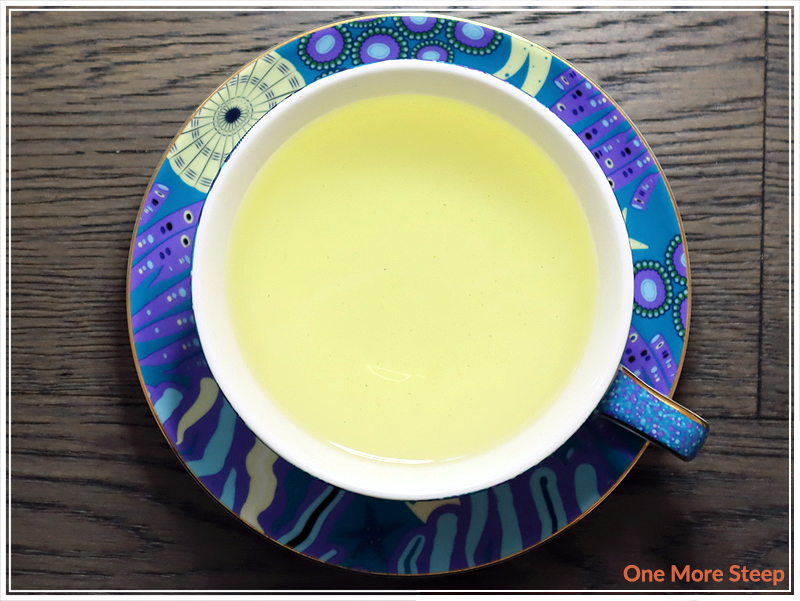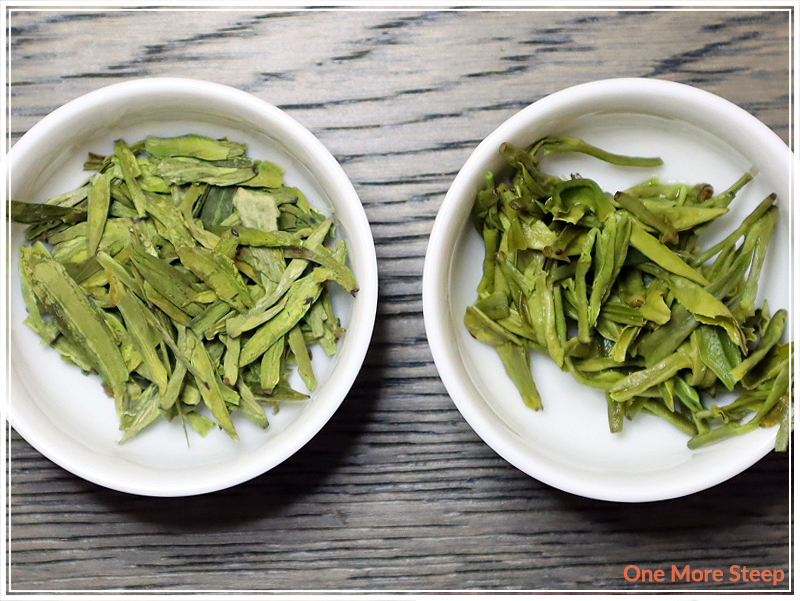Rohini First Flush by Masters Teas
Black Tea / Straight
$19.00 for 2oz
Masters Teas has provided me with Rohini First Flush for the purposes of writing an honest review.
First Impressions
When Masters Teas reached out to me and asked if I wanted to try their first flush Darjeeling, the answer was obviously yes. This black tea was harvested in March 2023, so only two months ago! This is a black tea, but has the appearance of a green tea. The tea leaves themselves come in a sealed, resealable pouch. There’s a label across the front with information about the tea that I find helpful. Masters Teas describes Rohini First Flush as having fruit blossom notes.
Rohini First Flush is from Darjeeling, India, and consists only of tea leaves – no other ingredients.
The leaves of Rohini First Flush remind me a lot of a white tea or a green tea – purely in appearance. There’s a mix of bright pops of green and darker green, almost olive in shades of green. There are some twisted leaves, and flat pieces. The aroma of this dry leaf is quite fruity! It also have some heavy floral notes, which I noticed as soon as I opened the pouch before I even lifted it up to my face. It’s a pretty dry leaf to look at, and made me look forward to trying it out.
Preparation
Masters Teas recommends steeping Rohini First Flush in 100oC (212oF) water for 2 to 3 minutes.
I opted to follow the steeping recommendations and did an initial steep for 2 minutes.
First Taste
Rohini First Flush steeps to a light golden yellow. The aroma of the tea is quite floral, with fruity notes throughout. Drinking this tea makes me think of grapes and pears, mixed in with more delicate floral notes in the background – I find myself thinking of jasmine and chrysanthemum when I drink this, even though jasmine and chrysanthemum even though neither are physically present. There’s a slight sweetness to Rohini First Flush that really adds to the fruity nature of this black tea.
A Second Cup?
Rohini First Flush was easy to go down with the initial steep. For subsequent steeps, of which I did three, I added an additional thirty seconds for each steep. The leaves really opened up after the second steep and I found more yellow and brown colours in the leaves, along with the pops of green. The steeps after the first became more fruity, and less floral, but still had that light sweetness throughout that I found endearing. I would recommend steeping Rohini First Flush multiple times for a longer experience with these leaves.
My Overall Impression
I loved Masters Teas’ Rohini First Flush. I’m really happy that I agreed to try out this first flush 2023 tea. The experience of getting to try a brand new spring tea is always a fun time because you get to try something fresh and exciting. The fact that it’s black tea that behaves a bit like a green tea (but isn’t as unforgiving) is purely a bonus. I enjoyed the flavours and aromas from Rohini First flush – especially with the multiple steeps.
Curious about the cup rating system? Click here to learn more.
